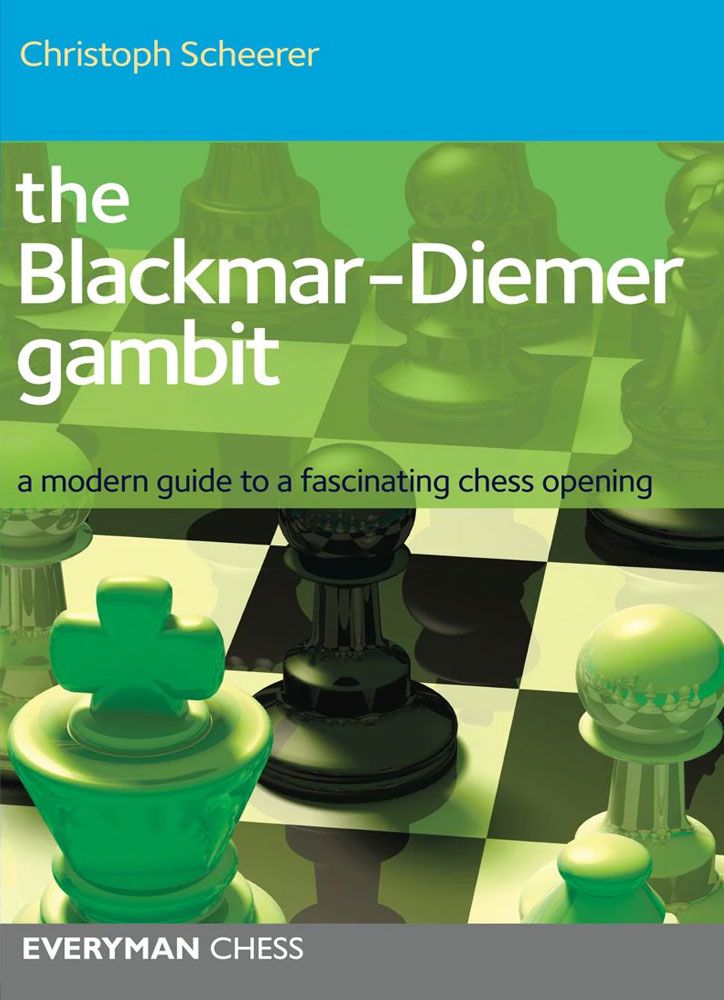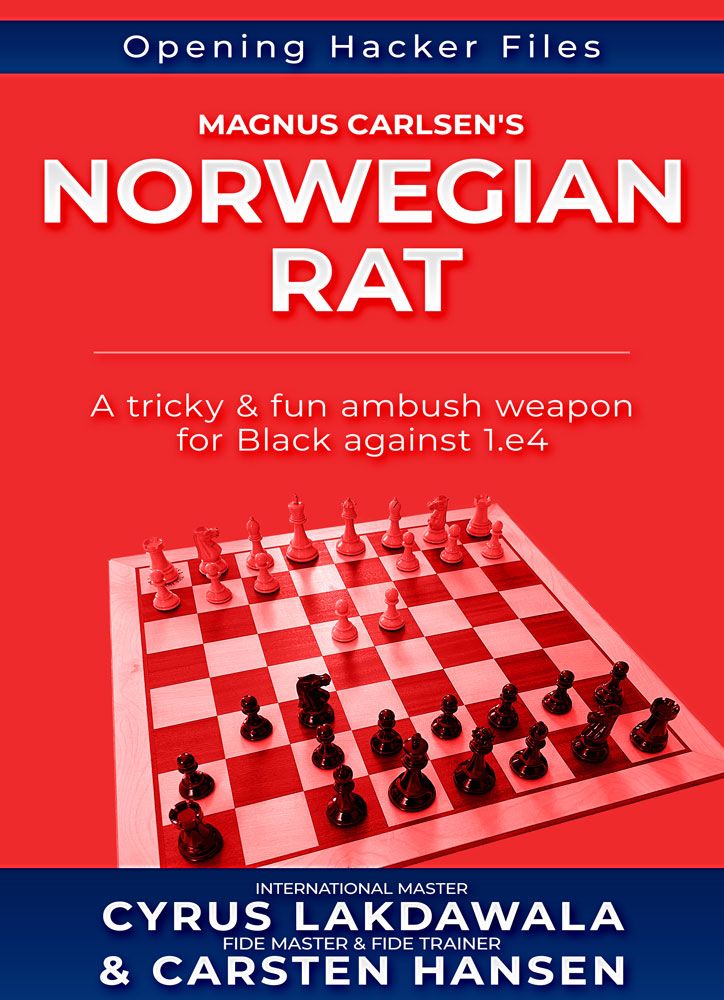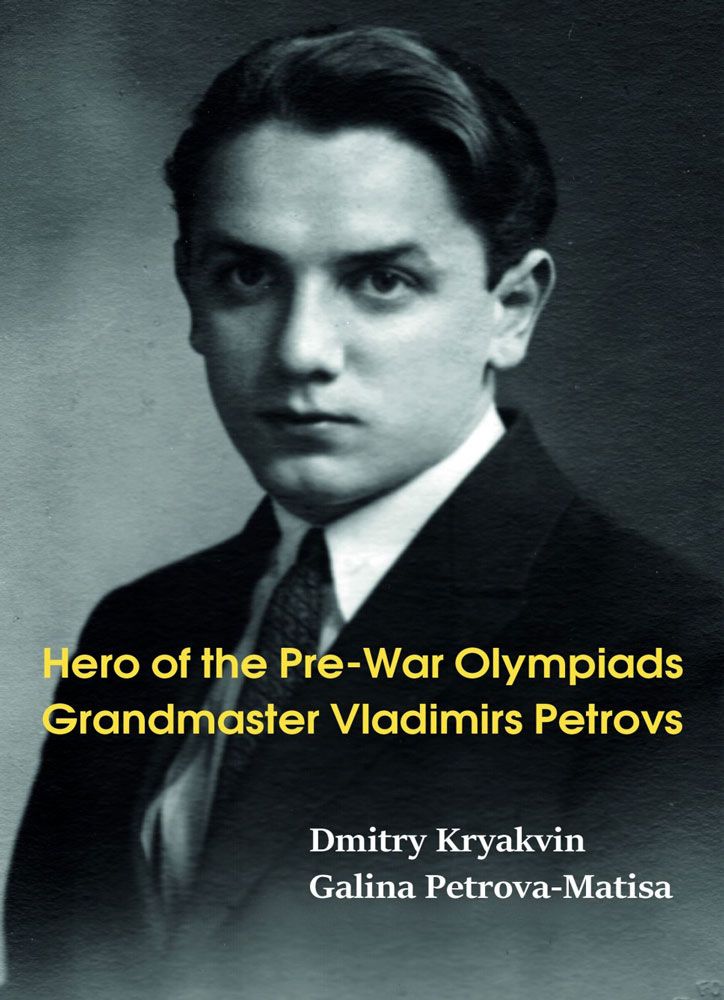We start our new series, looking at recent Forward Chess releases, with five stunning highlights.

Gambits may be rare at the top level, although they do make the occasional surprise appearance. However, with World Champion Magnus Carlsen regularly putting himself at an immediate disadvantage with opening experiments such as 1.f3 and 1.h4, it could be argued that a gambit doesn’t necessarily have to involve any form of material loss. Unfortunately, just as romantic gambits such as the King’s Gambit flounder against accurate defense, moving the f- and h-pawns at the very start of a game is certainly not a good way to try to gain an advantage. Quite the opposite, in fact.
At club level, gambits are still eminently playable. Defensive technique is not going to be at the level of Grandmasters, time-limits are often relatively fast and people turning up for matches after a long day at work will not necessarily have had any time to prepare the best defenses against an unexpected gambit.
In Gambit, by Christoph Scheerer (Everyman Chess), we find many occasions in which everything goes very well for the first player. Gambits are sharp by nature and all gambiteers dream of demolishing their opponents rapidly.
The fun starts with 1.d4 d5 2.e4 and the early offer of a pawn. Play can become extremely tactical very quickly if both players enter into the spirit of the opening, which brings us to our first stunning highlight.
Highlight One
One of the many good things about Forward Chess is the way in which it brings fine books to the attention of more readers; especially those published independently.
My Joyous Battles with Chess Villains by David Lucky (Independent) is one such book. The author’s unlikely name is explained in the introduction, as is the fact that ‘This is primarily a chess book for enjoyment.’
It is a collection of well-annotated games played by David Lucky from 1977 up to 2016.
Highlight Two
David Lucky – Nick de Firmian
Labate’s Chess International, 1982
White to Play
It is checkmate in two moves and I am sure you find it for yourself.
Another independent production unites two prolific authors, who examine an opening which has been tried – not always successfully, by any means – by Magnus Carlsen.
Magnus Carlsen’s Norwegian Rat by Cyrus Lakdawala and Carsten Hansen (Independent)
1.e4 g6 2.d4 Nf6 is clearly tempting White to try to punish Black for falling between two opening stools. 1.e4 g6 2.d4 Bg7 is the Modern Defense and 1.e4 d6 2.d4 Nf6 is the Pirc Defense. With the Norwegian Rat, Black is allowing White to kick the knight away with 3.e5, which has further echoes from Alekhine’s Defense (1.e4 Nf6).
Highlight Three
One critical line starts with: 1.e4 g6 2.d4 Nf6 3.e5 Nh5 4.Be2 d6 5.exd6 Qxd6 6.Bxh5
This looks outrageous for Black, but the authors point out that Black has compensation after both 6…gxh5 7.Nc3 Rg8 and 7.Qxh5 Qxd4 8.Nc3 Qg4 9.Qxg4 Bxg4.
Grandmaster Vladimirs Petrovs by Dmitry Kryakvin and Galina Petrova-Matisa (Elk and Ruby) is a very interesting book on the Latvian grandmaster Vladimirs Petrovs (1908 – 1943), who is ‘one of the most enigmatic and tragic figures in chess history.’
He had a 2.5-2.5 lifetime score against Alekhine and here is a snippet from his win for or fifth and final stunning highlight.
Highlight Five
Petrovs – Alekhine
Margate, 1938
White to Play
This was an unusual game, in which Alekhine’s inherent optimism inspired him to activate his king prematurely.
It is White to play and checkmate Black in three moves. It is not too difficult, but it allows us to leave this blog post with a challenge our readers. Can you checkmate one of the greatest of all chess champions?
- Book Review: Moves 3 to 10 by Nery Strasman - August 9, 2024
- The Life and Games of Dragoljub Velimirovic (Volume 2) by Georg Mohr and Ana Velimirovic-Zorica - July 23, 2024
- Review: Chess Informant - June 7, 2024





